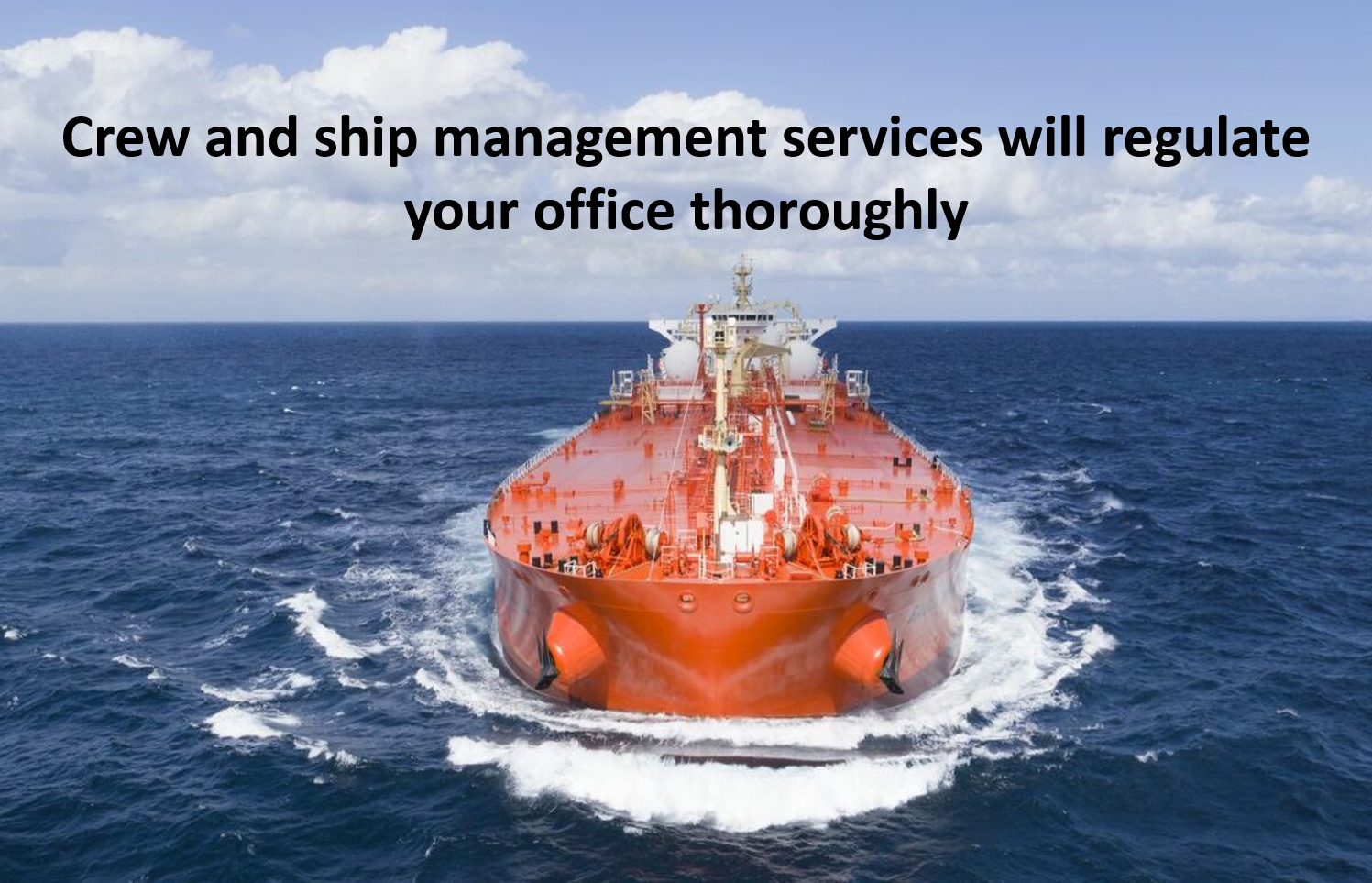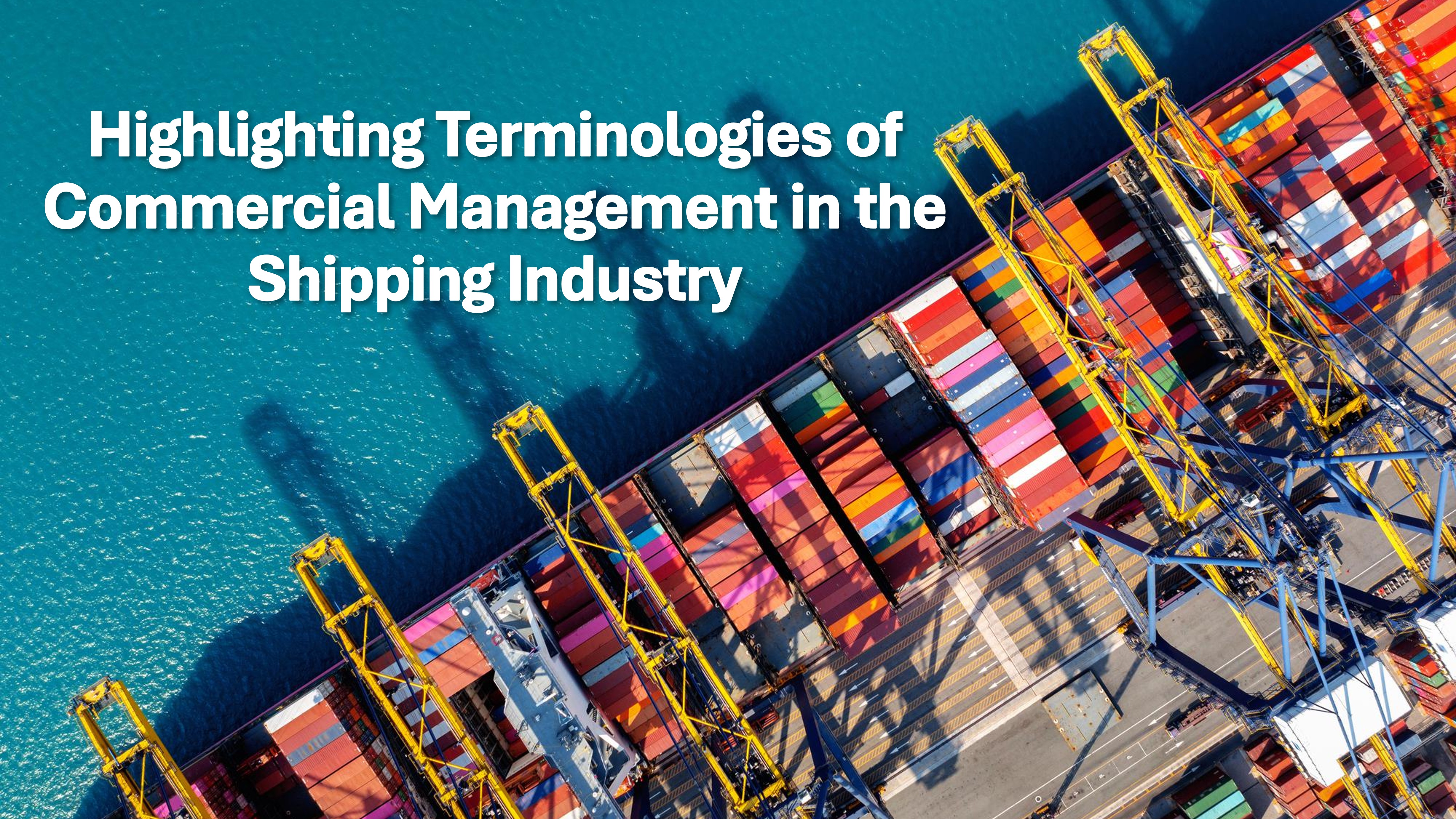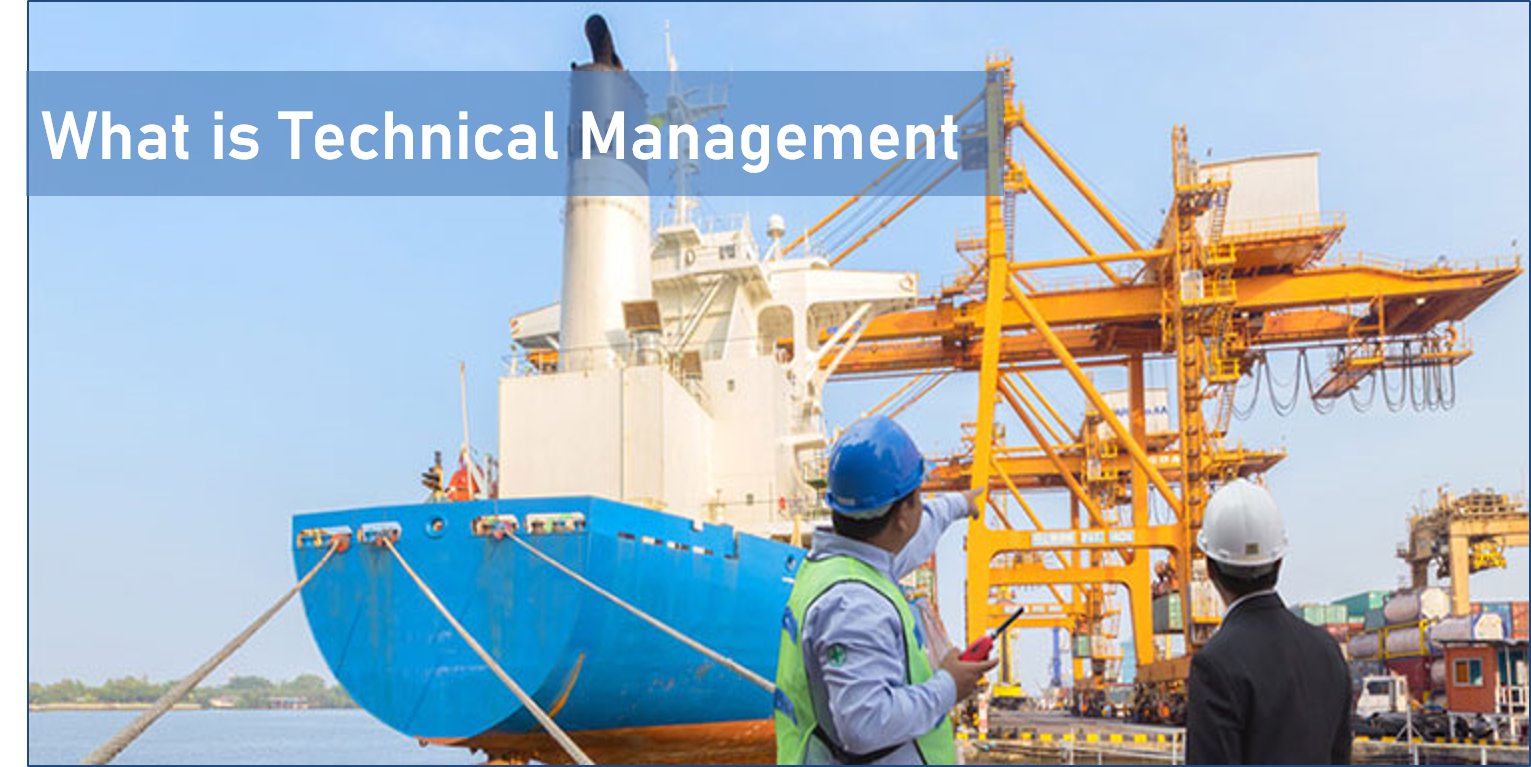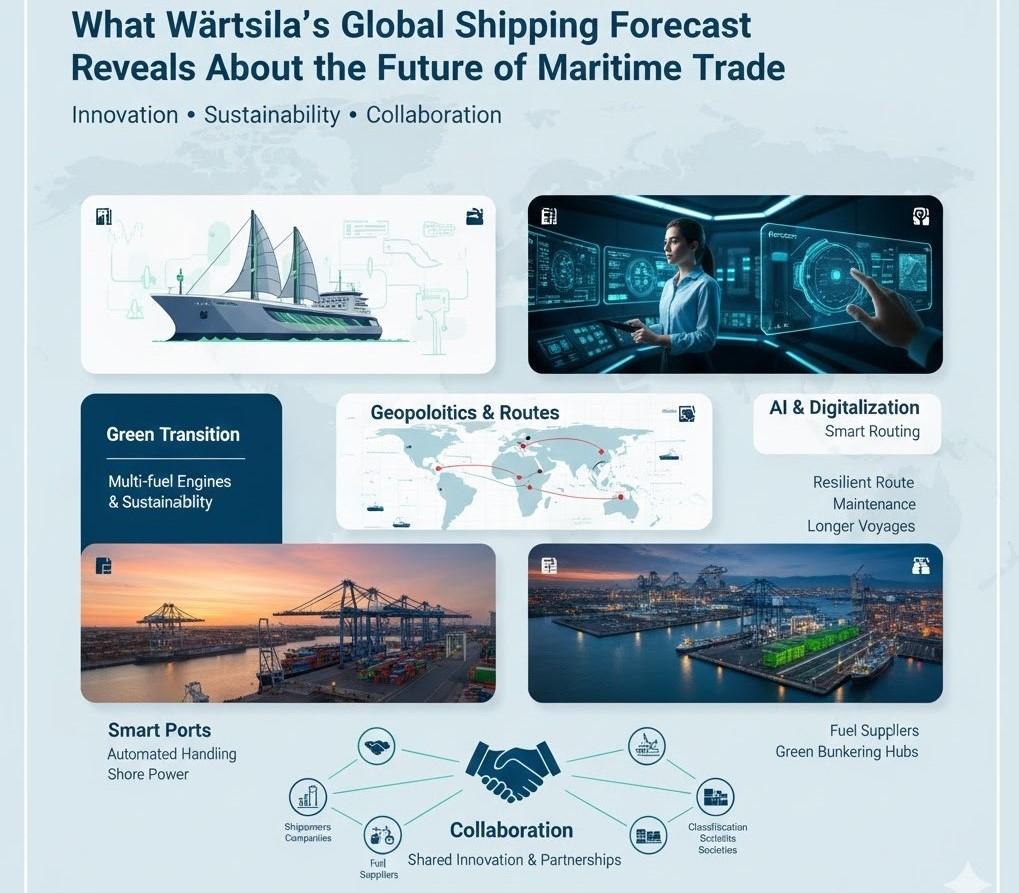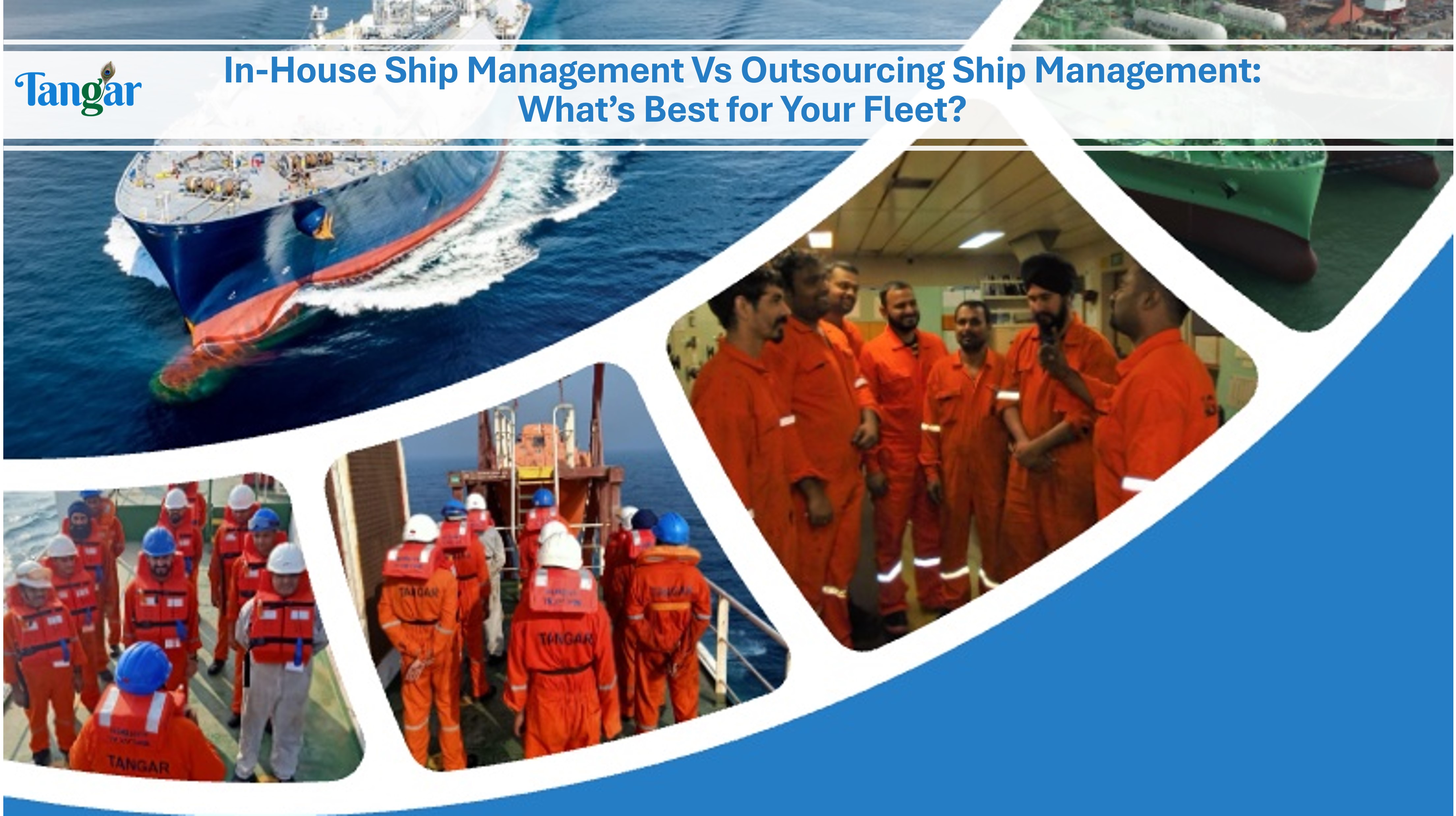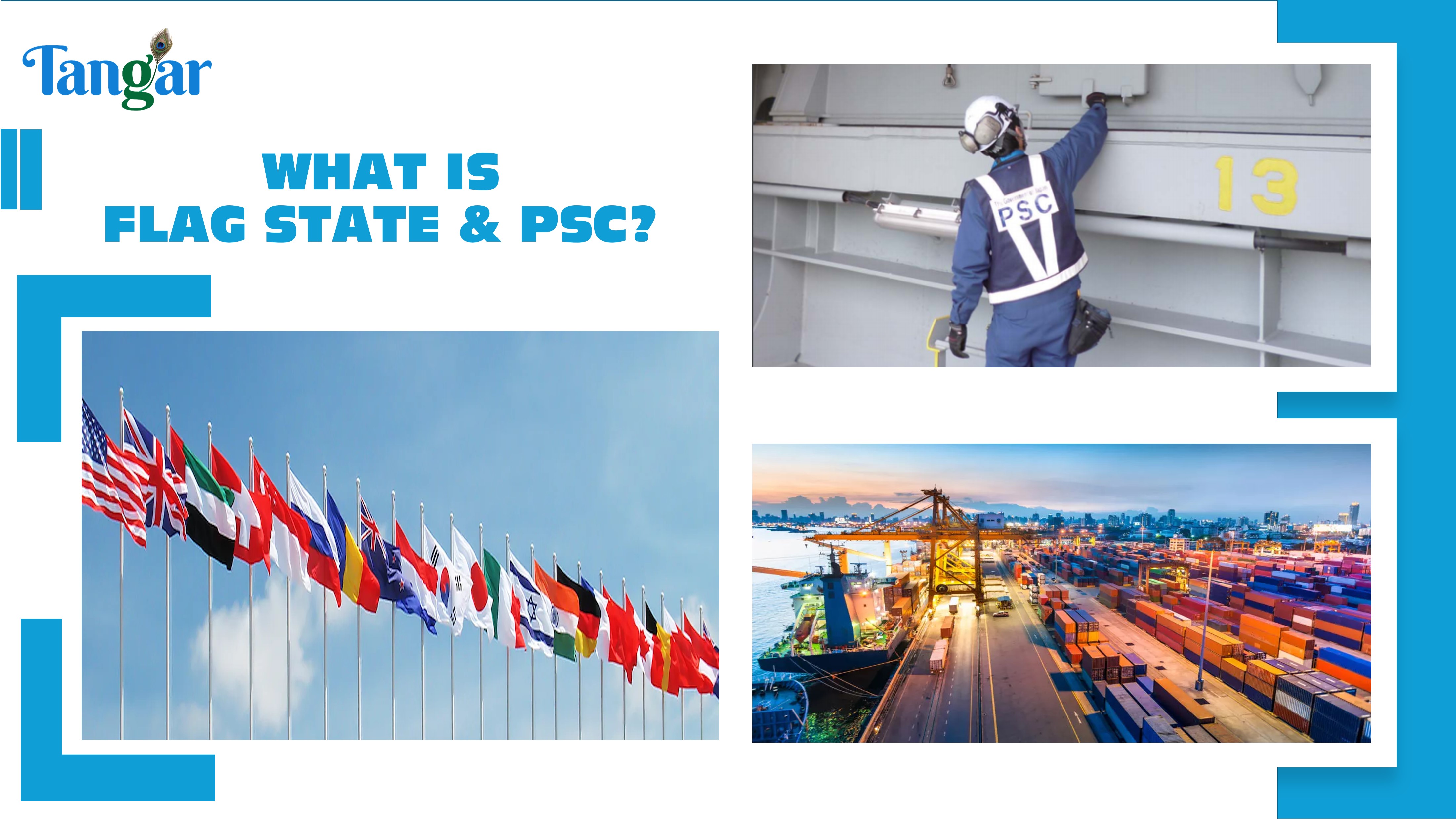
TYPES OF MERCHANT VESSELS ( SHIPS )
Oceanic Lifelines: The Varied Vessels that Keep Global Commerce Afloat
The maritime industry is home to a wide variety of vessels, which transport a wide range of goods and people to different corners of the world. Each Vessels are uniquely designed to meet specific transport needs.
Cargo Ships (General Cargo, Bulk Carriers, Container Ships, Reefer Ships, RORO Ships, Tanker Ships, Bitumen carriers, Offshore vessels, Specialty Vessels, Dredgers, Fishing Vessels, Barges, Tug Boats ), & Passenger Ships
1. General Cargo Ships – generally have one or more decks and such ships can carry different goods in refrigerated, boxed, or palletized form. Cargo could be grain. However, packaged items could be machines, vehicles, foods, etc.
2. Bulk Carriers - Bulk carriers are large ships transporting unpackaged bulk cargo like coal, grain, and ore. They have massive cargo holds and vary in size, from smaller Handy size to larger Capesize vessels, which can’t navigate canals and must travel around large landmasses.
3. Container Ships - Container ships transport goods packed in standardized containers, streamlining global trade. These vessels range from smaller feeder ships to Ultra Large Container Vessels (ULCVs), capable of carrying thousands of containers, and classified based on their ability to fit through major canals like the Panama Canal.
4. Reefer Ships - transport perishable goods, such as fruits, fish, Milk, etc that require temperature control. These vessels are equipped with refrigeration units to maintain specific conditions, ensuring that food remains fresh during long sea voyages
5. RO-RO Ships ( Roll-on/Roll-off ) - Ships accommodate & transports various types of vehicles such as Cars, Trucks, Busses, etc., such vehicles are driven on and off the vessel on their wheels & power.
6. Tanker Ships - Tanker ships are specialized to carry liquid cargo in bulk, including oil, chemicals, and gases like LPG & LNG. They range in size from smaller product tankers to massive super tankers (VLCCs and ULCCs), equipped with advanced systems for safe transport of volatile materials.
7. Bitumen carriers – also known as asphalt carriers, & such vessels are found between 7000 DWT to 20000 DWT. It’s an immensely viscous category of petroleum & cargo could be solid mass that behaves as liquid on higher temp, black liquid or sticky liquid. Bitumen tankers are designed such that they can achieve and maintain high temperatures which may go up to 200* Celsius.
8. Offshore Vessels - Offshore vessels support oil and gas operations at sea, performing tasks like delivering supplies to rigs or towing platforms. Vessels like Platform Supply Vessels (PSVs) and Anchor Handling Tug Supply (AHTS) ships are essential for energy exploration and production in deep waters.
9. Special Purpose Vessels - are designed for specific tasks, like research, icebreaking, or cable-laying. Research vessels come equipped with scientific labs, while icebreakers have reinforced hulls to navigate icy waters, playing key roles in specialized maritime operations.
10. Dredgers - are vessels that remove sediments and debris from the bottom of water bodies to maintain navigability in harbours’, rivers, and channels. They use mechanical or hydraulic systems to excavate and transport materials, ensuring that waterways remain clear for shipping.
11. Fishing Vessels - varying in size from small coastal boats to large trawlers that process fish onboard. Common types include trawlers, which use nets, and seiners, which encircle fish, playing a vital role in the global seafood industry.
12. Barges - are flat-bottomed vessels typically used on rivers or canals to transport bulk goods. Without their propulsion, they are usually towed by tugboats. Barges are widely used for inland shipping, carrying heavy cargo like sand, gravel, or oil in shallow waters.
13. Tugboats – these are powerful, compact vessels used to manoeuvre larger ships in tight spaces, such as harbours. They assist with docking, undocking, and towing, ensuring the safe passage of large vessels through congested or difficult-to-navigate waterways.
14. Passenger Ships - Passenger ships are designed to carry people, with cruise ships offering luxurious amenities for leisure travel, and ferries providing practical transport over shorter distances, often including vehicles. Cruise ships are floating cities, while ferries are workhorses for everyday travel.
As global trade and specialized missions continue to expand, the diversity of vessels ensures that the world’s oceans remain crucial highways for transporting essential goods and conducting vital operations efficiently and safely.
